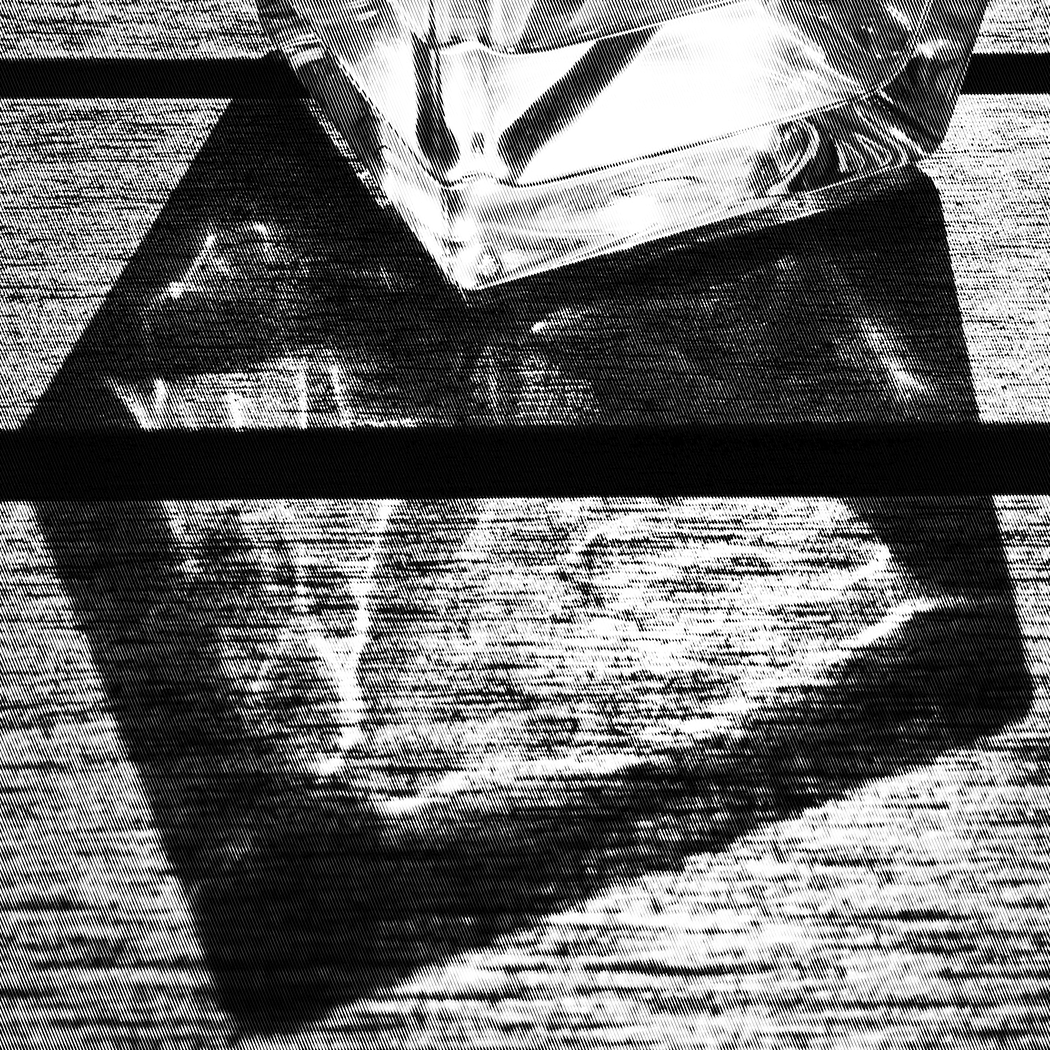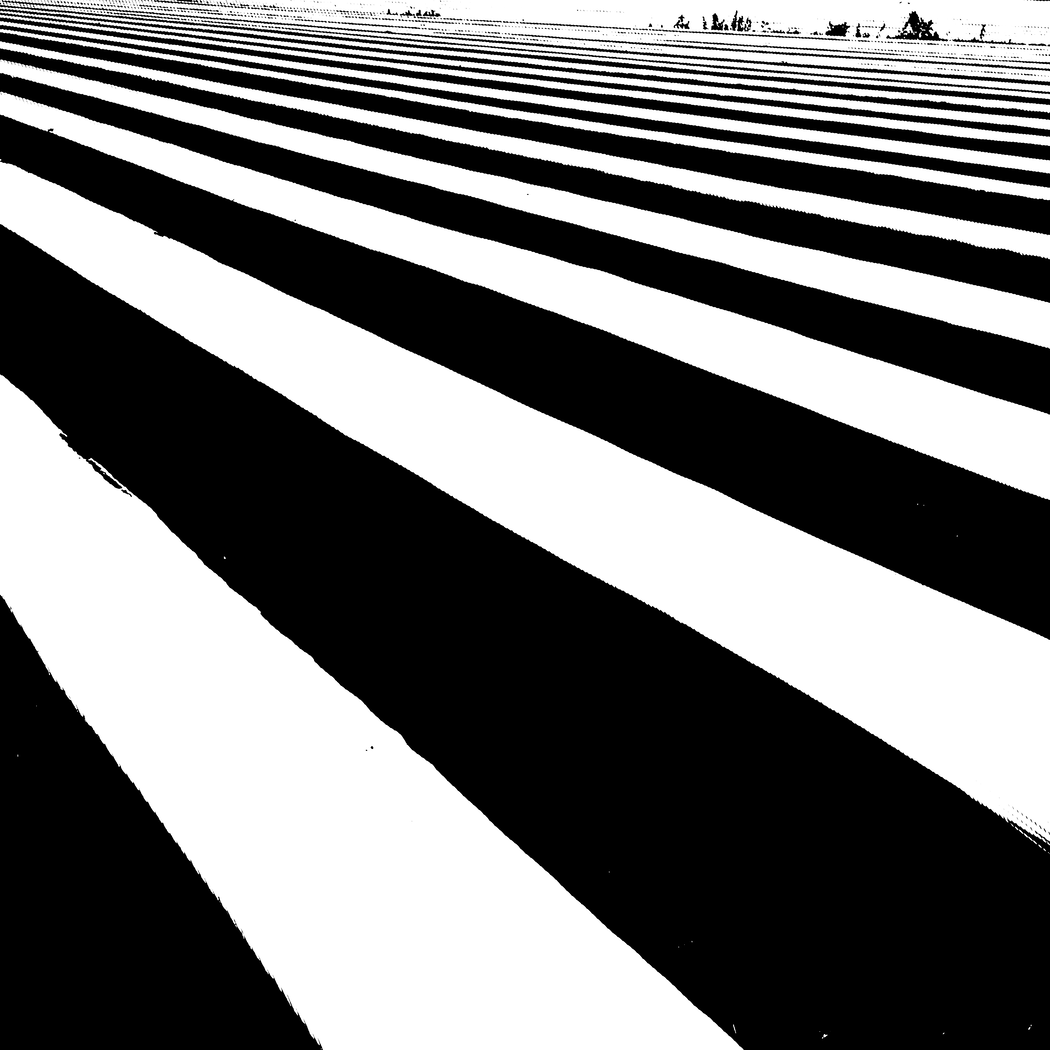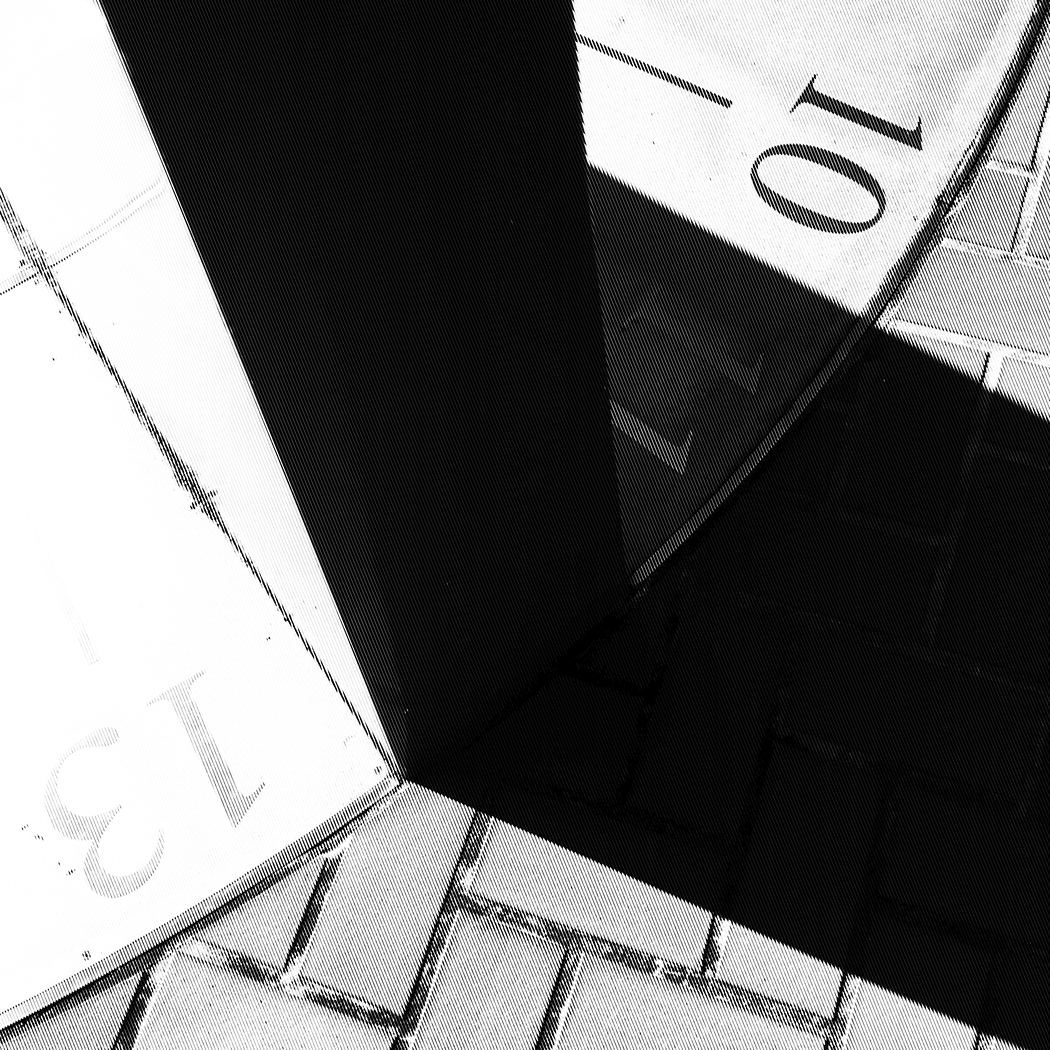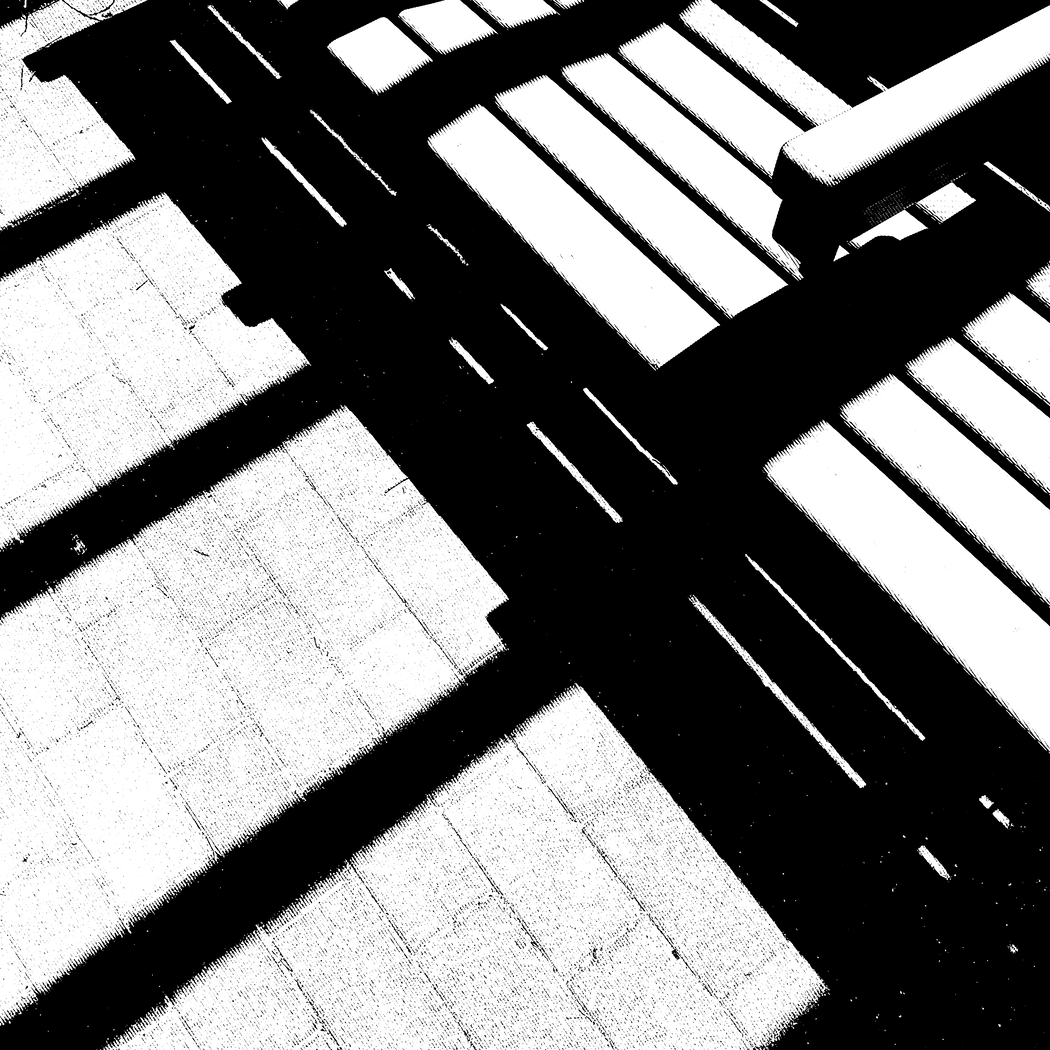René Jean Smaal
Year of birth: 1962
Where do you live: I primarily live in Breda (The Netherlands), but I also have a pied-à-terre in Hiroshima (Japan), and I work from both locations. I intend to move fully to Japan at some point in the future
Your education: I am a self-taught filmmaker and photographer
Describe your art in three words: Abstract, Perceptual, Exploratory
Your discipline: Filmmaking, photography
Website
 Rene Jean Smaal | Bosschenhoofd Drinking Glass on Wooden Table | 2018
Rene Jean Smaal | Bosschenhoofd Drinking Glass on Wooden Table | 2018
You returned to black and white photography in 2018 after many years of color and documentary work. What led to that shift?
My development as a photographer and filmmaker really goes hand in hand. I often find myself switching back and forth between the two, depending on how much time I can dedicate to each and the priorities I set for myself. What’s interesting is that they inspire each other; the skills I develop in one area often enhance my work in the other. It is a dynamic process that keeps my creativity flowing. The shift I made in 2018 in my photography to working mostly in black-and-white started when I made the abstract-minimalist-surreal black-and-white short film Re/cycle. This project renewed my love and fascination for the visual style of filmmakers like Teinosuke Kinugasa (Kurutta ippêji, 1926), Maya Deren (all her work from the early to mid 1940s), David Lynch (Eraserhead, 1977), Jim Jarmusch (his early work from the 1980s), Darren Aronofsky (Pi, 1998), and Peter Tscherkassky (Outer Space, 1999). You could say 2018 was the year everything suddenly ‘clicked into place.’ It felt as though I had discovered my artistic voice, which I then began to apply not only to my filmmaking but also to my photography.
Many of your recent works seem to obscure the subject to the point of abstraction. What role does ambiguity play in your artistic intent?
The so-called reality that we all are a part of, and which we usually experience as straightforward, is actually filled with ambiguity. I remember a statement from a theoretical physicist—though I can’t recall exactly who it was—who said something along the lines of: “Every question we manage to answer leads to multiple new questions. The more we know, the more we realize how little we actually know.” It reminds me of children who have just learned to talk, responding to every answer they receive from their parents with a simple ‘Why?’ It’s an endless loop with no way out. This leads me to think that questions are way more interesting than answers. So in both my filmmaking and photography, I go for wonder and imagination, and even confusion at times. I prefer to raise questions rather than provide definitive answers.
 Rene Jean Smaal | Rijsbergen Asparagus Field | 2018
Rene Jean Smaal | Rijsbergen Asparagus Field | 2018
How does your early experience with box cameras in the 1970s influence your work today?
I vividly remember the awe and excitement I felt as a child, barely ten years of age, capturing my first images while wandering the empty streets of my home town, using this antique magic black box camera. With only twelve images on one roll of film, and just one roll each month to spend, I had to make sure not to waste a single shot. To this day, I have held onto that sense of wonder and excitement, and I still do not press the shutter lightheartedly.
The square format is a defining characteristic of your photography. What does this format allow you to express that others do not?
It all comes down to the liberating effect of working within limitations. Since digital photography became a thing, we’ve got used to the 3:4 and 9:16 aspect ratios, which differ from the traditional 2:3 format of 35mm photography or the 1:1 aspect ratio of medium format film. A tight frame such as the square format forces me to think more critically about what to include in my image, and what to leave out. Counter intuitive as it may sound, embracing such limitations sharpens my focus and helps me clarify my concepts, resulting in more cohesive and impactful images.
 Rene Jean Smaal | Osaka Sundial | 2018
Rene Jean Smaal | Osaka Sundial | 2018
Your work often explores alienation and distance. Do you see the camera as a tool for connecting with the world or for maintaining that distance?
Definitely the latter. Some capture a beautiful tree, while others depict entire forests. I am interested in a single leaf, or even just a hint of one. It makes you wonder if what you’re looking at is truly a leaf or something else entirely. Connecting with the world—like photographing a tree, a forest, or a landscape—feels like giving answers, while distancing yourself from it, as in depicting (a hint of) a leaf, is more like asking questions. I use a minimalist approach in my photography and filmmaking, stripping away everything that is not absolutely necessary and pushing this concept to the limits. I find that at some point, this abstraction leads to alienation. That’s where it becomes truly interesting for me.
What role does memory play in your photography — especially as someone who has documented urban change over decades?
Documentary-style photography (and filmmaking, for that matter) is indeed linked to (collective) memory. However, in my current black and white portfolio, I feel that memory doesn’t play a significant role; instead, it’s more about free association.
 Rene Jean Smaal | Hiroshima Funairiminami Bench at Tenma River | 2025
Rene Jean Smaal | Hiroshima Funairiminami Bench at Tenma River | 2025
The title Axioms suggests fundamental truths. What kinds of truths are you exploring in this series?
Something happens when you zoom in on a subject, strip it of its context, and look at it from unusual angles. By losing your grip on the object itself, you start to see patterns and shapes. Some (most?) of these patterns and shapes are just fabrications of the mind. This phenomenon is known as ‘pareidolia,’ a type of cognitive bias where our brains tend to look for (and find) familiar shapes and patterns in totally ambiguous or random visual information—think of the faces we see in clouds. The series aims to create new visual ‘axioms’ or truths through abstract forms. Viewers are challenged to find meaning or patterns in what might initially appear as chaos or randomness. This ties back to the idea of free association, encouraging viewers to interpret the work based on their own experiences and biases.

Leave a Reply